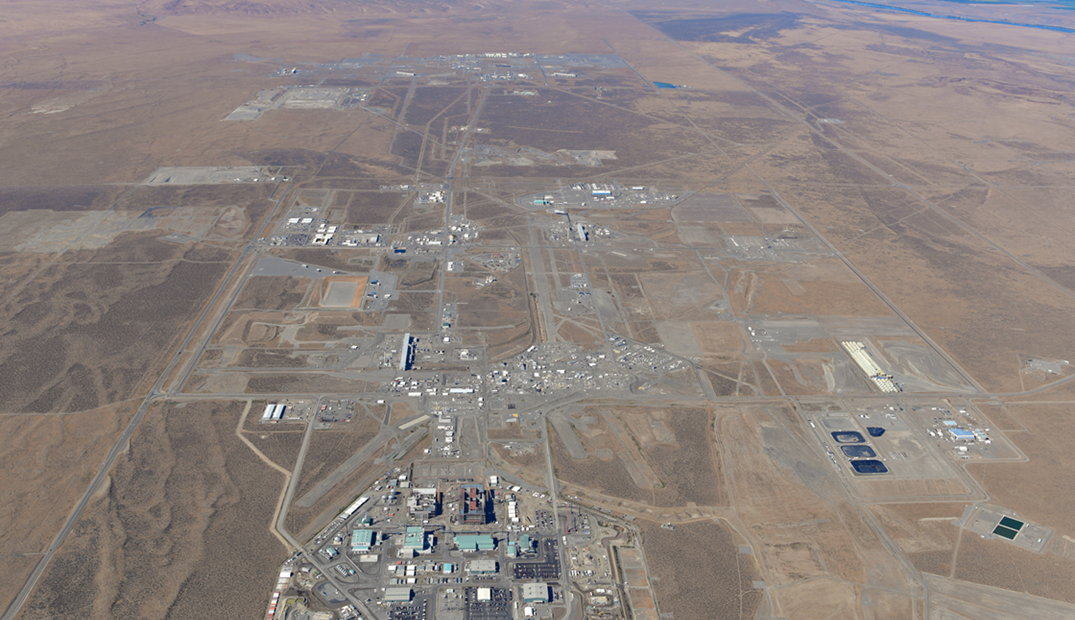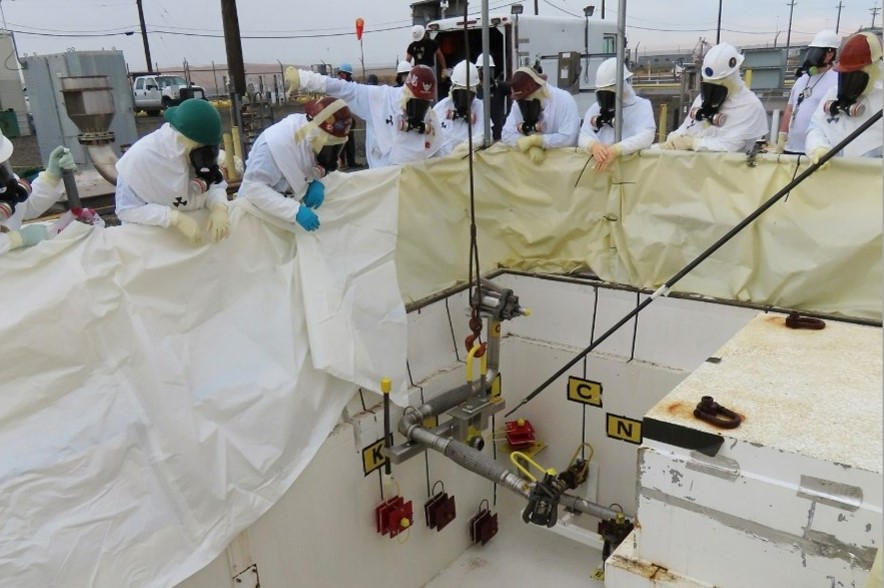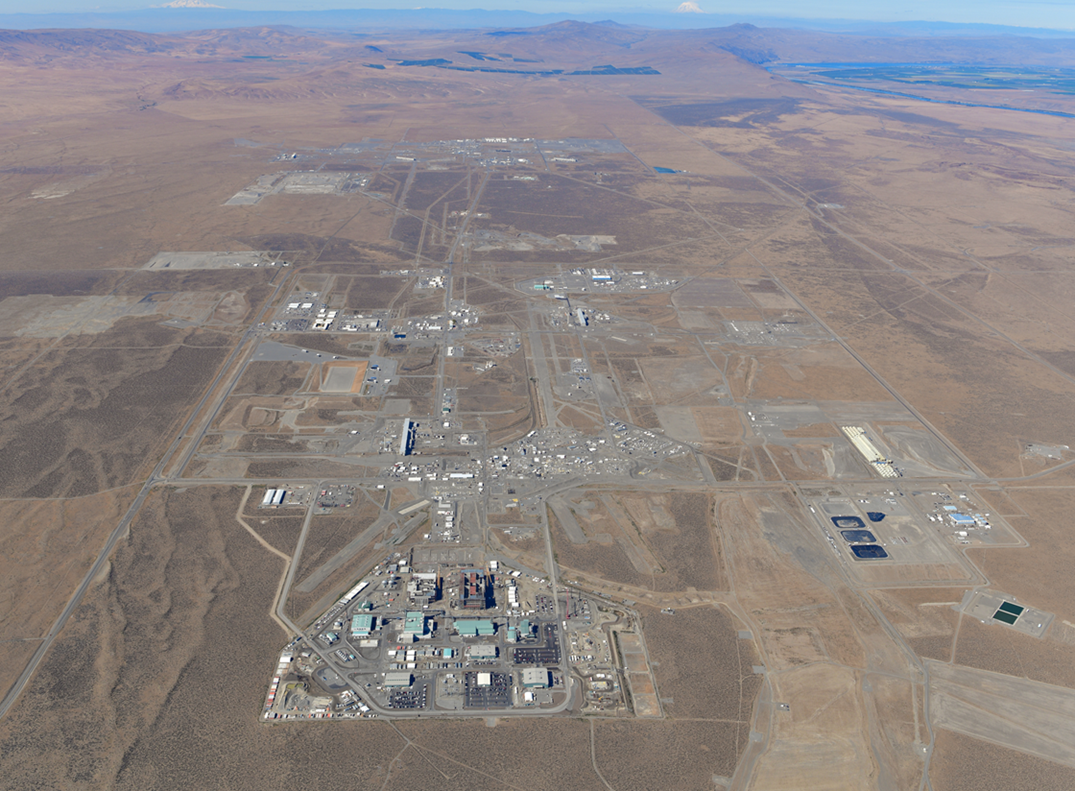
After years of negotiations, new government Hanford plan stirs up plans to treat radioactive waste
Listen
(Runtime 1:01)
Read
There is a new plan for cleanup at the contaminated Hanford site.
The U.S. Department of Energy, the federal Environmental Protection Agency, and Washington State Department of Ecology Monday announced a new agreement after about four years of negotiations. It’s built on similar agreements since 1989 among the three agencies.
“The disposal of tank waste is a critical component of the complex, site-wide cleanup efforts at Hanford,” Casey Sixkiller, the EPA Region 10 administrator said in a press release. “We encourage all impacted Tribes, community members and other stakeholders to participate in the public review process.”
Some of the key highlights of the plan are:
- Treatment of much of the radioactive waste at Hanford will stay on schedule;
- Twenty-two tanks in Hanford’s 200 West Area will be retrieved by 2040, including the controversial plan to grout the low-activity portion of the waste for off-Hanford disposal;
- One-million gallons of additional capacity for storage of tank waste will be designed and constructed;
- Two new buildings will be built to help treat high-level waste;
- The towering Pretreatment Facility will continue to be idled and instead, Energy contractors will use a new method of treating the waste called “Direct Feed.”

Workers installed waste transfer equipment last year in a valve pit for retrieving waste from single-shell tanks at Hanford in southeast Washington.
(Credit: U.S. Department of Energy)
Making the plan
“A collaborative, negotiated agreement is a far more effective tool than, for example, back in 2010 that stemmed out of a lawsuit, essentially,” said Ryan Miller, a spokesperson with Washington’s Department of Ecology. “This go-round, the agencies got together and worked together and identified a collaborative path forward.”
Critics of this new plan say they are glad the agencies are proposing to remove waste from Hanford but the plan doesn’t stop leaking tanks soon enough.
“Allowing leaks from high-level nuclear waste tanks to continue for years is not acceptable and is not legal,” said Gerry Pollet, executive director and attorney for Heart of America Northwest. “This portion of the deal cannot be accepted and must be changed. Federal and state laws require leaking tanks to have leakable liquids removed to stop the leaks as soon as practicable. One of the tanks has been leaking for over 10 years, the other for five years and this agreement allows U.S. DOE to sit and watch them leak as contamination spreads.”
Another Seattle-based non-profit group, Hanford Challenge, said it is wary of grouting any radioactive waste, instead of using glass to bind up the waste.
“We’re thrilled that holistic negotiations resulted in an agreement for new tank space – which we’ve been calling for since Hanford Challenge launched in 2007,” said Nikolas Peterson, executive director of Hanford Challenge. “In general, we’re pleasantly surprised with most of the agreement but still have concerns with any future use of grout for immobilizing tank waste, which we’ve detailed extensively on our website.”
Peterson went on to say that the agencies should have consulted with Tribes and all stakeholders four years ago, when the plan was at its beginning.
“We hope that Secretary Granholm will meaningfully engage all affected communities,” Peterson said. “This includes not only Washington and the Tribes, but also Texas and Utah.”
Brian Vance, Hanford’s DOE manager of the River Protection and Richland Operations offices said in a press release, “We have alignment on a plan that lays out a realistic and achievable path forward for Hanford’s tank waste mission. Our One Hanford team is ready to get down to the business of more fully conducting the tank waste mission resulting in benefits for the environment, the people of Washington state, and the nation.”
A 60-day public comment period on the new plan begins May 30, with public meetings in Washington and Oregon to roll out during that time.
















